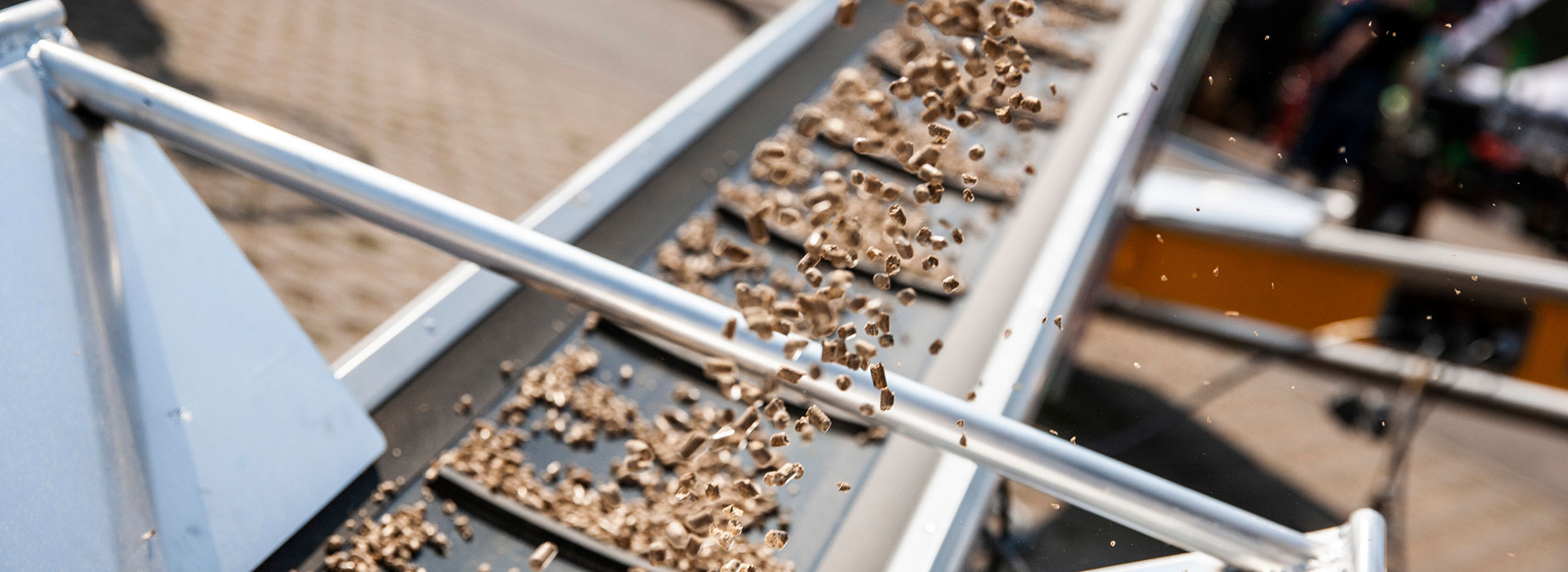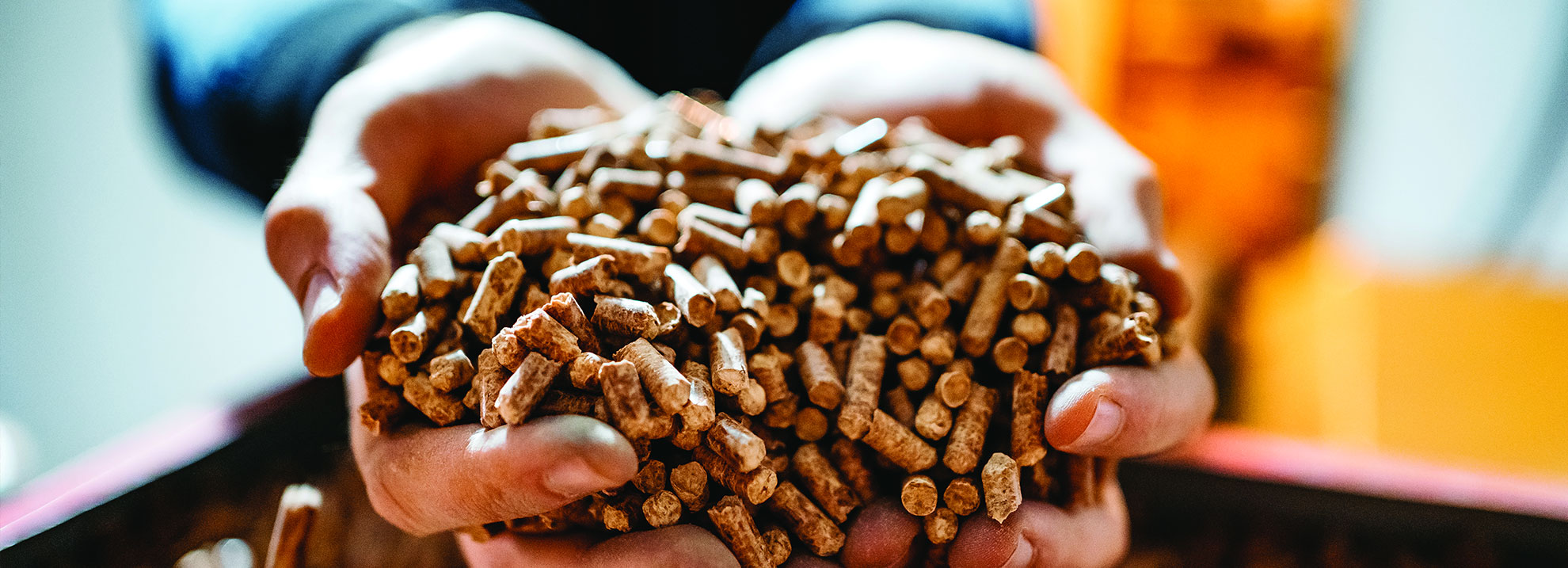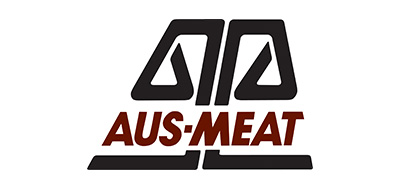Transforming animal by-products into useful, quality ingredients
Rendering is the industrial process of heat treating and physical transformation of animal co-products destroying pathogens, removing moisture, separating solids and lipids or fats/oils to produce valuable animal protein meal or processed animal protein, and rendered animal fat/oil.
THE VARIOUS STAGES OF RENDERING
Heat treating and physical transformation: Rendering involves subjecting animal co-products to heat treatment, typically through processes like cooking or boiling. This heat treatment breaks down the animal tissues and begins the transformation process.
Destroying pathogens: One of the primary purposes of rendering is to eliminate pathogens, such as bacteria and viruses, that may be present in the animal co-products. The high temperatures used in rendering are effective at killing these pathogens.
Removing moisture: Rendering also involves removing moisture from the animal co-products. This dehydration step helps increase the shelf life of the rendered products.
Separating solids and lipids/fats/oils: During rendering, the mixture of animal co-products is separated into various components. Solids, including proteins and minerals, are separated from the lipids, fats, and oils. This separation allows for the production of distinct products.
Producing animal protein meal or processed animal protein: The solids obtained from rendering are often processed further to create products like animal protein meal or processed animal protein. These products can be used in various applications, including animal feed.
Rendered animal fat/oil: The separated fats and oils obtained during rendering can also be used as valuable by-products in various industries, such as the production of biodiesel or as ingredients in pet foods and other products.

Industry Accreditation Program
In Australia, the rendering industry operates in a highly regulated environment with stringent requirements for food safety.
Accredited rendering plants are required to adhere to the Australian Standard AS5008 for Hygienic Rendering of Animal Products and to the higher standard of the ARA Code of Practice using HACCP (Hazard Analysis Critical Control Point) protocols to establish and maintain hygienic rendering practices.
The ARA has introduced a voluntary Industry Accreditation Program, which has received Commonwealth approval to enable processing plants to access diverse export markets. This program is governed by a formal agreement, the Letter of Exchange, also known as the Deed, between the ARA and the Commonwealth.
To facilitate the implementation of the Industry Accreditation Program, the Association has enlisted AUS-MEAT Limited as its designated provider. They collaborate with the ARA under mutually agreed terms.
This program is open to both ARA members and non-members.
- Read more about the program rules.
- View the list of ARA accredited sites at AUS-MEAT.
KEY POINTS ABOUT SOURCING AND PROCESSING IN AUSTRALIAN RENDERING
The Australian rendering industry has evolved into a modern and technologically advanced sector with a commitment to producing high-quality ingredients and ensuring product safety for the pet food and animal feed market.
Accreditation requirements stipulate that industry operators must strictly adhere to the Code of Practice, ensure participation in industry-specific training that includes environmental protection, and be subject to independent audits by the internationally recognised certification body AUS-MEAT.
Similarly, recycling plants producing fats and oils must comply with the ARA Code of Practice for the Recycling of Used Cooking Fats and Oils for animal feed to receive accreditation. Buyers of products processed by accredited suppliers can be assured that they have been produced under rigorous hygienic conditions.
For a comprehensive list of accredited plants, along with their country registrations and copies of the ARA Codes of Practice, please explore our resources section.

